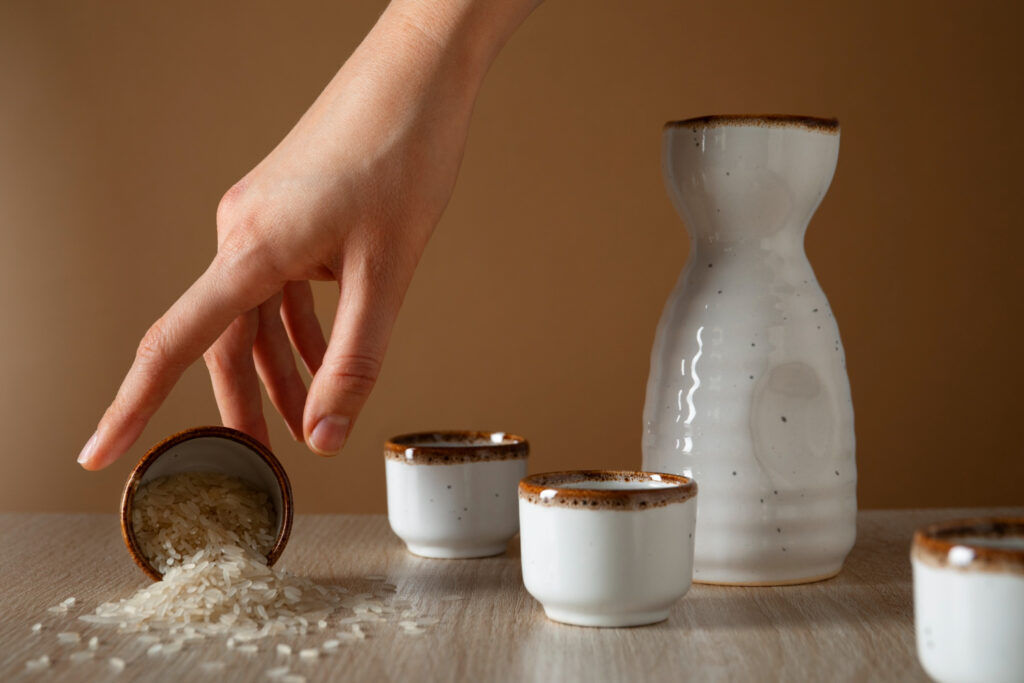
Adding salt to your meals frequently might raise your risk of developing type 2 diabetes, according to a recent study. While it’s widely known that nutrition impacts type 2 diabetes, new findings suggest that it’s not just carbs and sugars but also salt that could play a role in the condition’s development.
Study Findings
Published in Mayo Clinic Proceedings, the study highlights that people who add more salt to their food have a higher likelihood of developing type 2 diabetes. Researchers from Tulane University, motivated by their previous research linking long-term salt intake to cardiovascular diseases and mortality, undertook this new study.
Research Details
The research team analyzed data from over 400,000 adults in the UK Biobank, a long-term health study group. At the start, participants were free from diabetes, chronic kidney disease, cancer, and cardiovascular disease. Participants were categorized based on their frequency of adding salt to foods: “never/rarely,” “sometimes,” “usually,” or “always.” Over a median follow-up of 11.9 years, those who “sometimes,” “usually,” or “always” added salt had a 13%, 20%, and 39% higher risk, respectively, of developing type 2 diabetes compared to those who rarely or never did.
Types of Salt
The study did not differentiate between types of salt (e.g., sea salt, kosher salt, Himalayan salt). According to Vandana Sheth, a registered dietitian nutritionist, the sodium content in various salts is relatively consistent, suggesting the type of salt is less critical than the amount consumed.
Processed Foods and Sodium Intake
Sheth emphasized that a significant portion of daily sodium intake comes from processed foods, which can further increase diabetes risk. The American Heart Association notes that processed foods such as soups, tomato sauces, condiments, and canned goods contribute up to 75% of daily sodium intake.
Observational Nature of the Study
It’s important to note that the study was observational and does not prove causation. However, it suggests a significant association that warrants attention.
Connecting Sodium and Type 2 Diabetes Risk
Traditionally, the diet-diabetes connection has focused on carbohydrates. The role of sodium is a newer concept. According to study author Lu Qi, high-calorie meals associated with salt addition might lead to weight gain, increasing diabetes risk. Additionally, sodium might trigger increased appetite, leading to higher food intake, obesity, and inflammation, all risk factors for diabetes.
Reducing Sodium Intake
Reducing sodium doesn’t have to be difficult. Here are some practical tips

- Remove the Salt Shaker: Keeping the salt shaker off the table can help reduce usage.
- Gradual Reduction: Reduce sodium intake gradually to make it more sustainable.
- Rinse Canned Foods: Rinse canned beans and vegetables to reduce sodium content.
- Choose Fresh Foods: Opt for fresh fruits, vegetables, whole grains, and lean proteins, which are naturally low in sodium.
- Read Labels: Check food labels to monitor sodium intake. Foods with 5% or less of the Daily Value (DV) are low in sodium; those with 20% or more are high.
- Use Other Seasonings: Experiment with herbs, spices, citrus, vinegars, and salt-free seasoning blends to enhance flavors without salt.
Takeaway
While more research is needed to understand the connection fully, reducing sodium intake appears to be a beneficial strategy for lowering the risk of type 2 diabetes. By adopting simple dietary changes and being mindful of sodium consumption, individuals can take proactive steps towards better health
A Quick Review
Adding salt to meals frequently may significantly increase the risk of developing type 2 diabetes, as indicated by a study involving over 400,000 adults. The research, published in Mayo Clinic Proceedings, found that people who habitually add salt to their food have up to a 39% higher risk of developing type 2 diabetes compared to those who rarely or never do. The study emphasizes the importance of monitoring and reducing sodium intake, especially from processed foods, to mitigate this risk.











